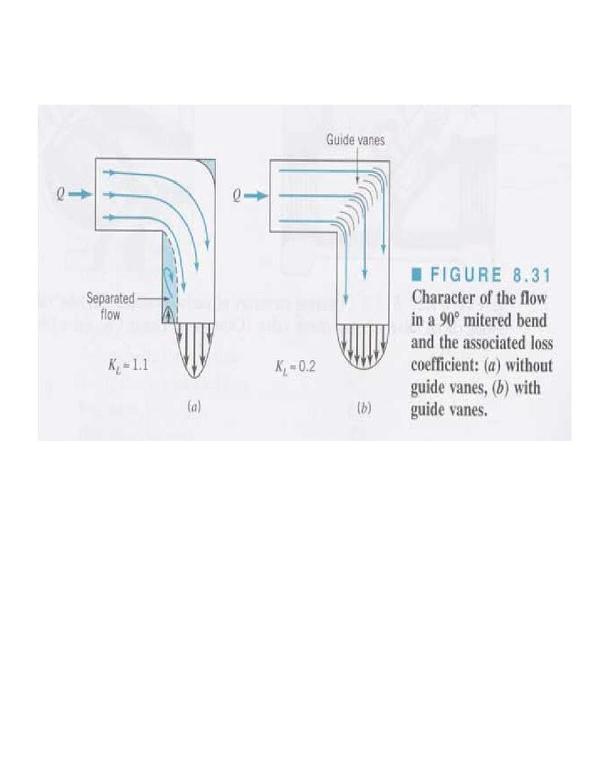A properly designed inlet and outlet can flow way more than the typical endtank design. I am going to push this intercooler in the next few years and see if I can male it a restriction. Once pressure drop starts going up we will know flow is an issue and if heat begins to rise, then core size is an issue. At this level, this is as good as an air to air can be.
^^ X2.
From all of my conversations with Bell's engineer, Mr.Gwinn, the end tank design
as a whole is one of the most crucial areas for intercooler efficiency.
To quote Graham Bell, author of
Forced Induction Performance Tuning,
“Perhaps the greatest potential for improvement (in intercoolers) rests in the design of the tanks on each end of the charge cooler. Here the wrong approach can muck up both airflow and cooling efficiency. Always we have to be thinking in terms of equalizing as much as possible charge flow down each tube. Keep in mind that flow losses increase dramatically in those tubes flowing more air. Also, because the volume is higher and the flow faster these tubes will draw off less heat.”
I know it isn't a popular notion in the Buick world, but using inlet diffusers inside the end tanks can have a
huge reduction in the turbulence inside, reducing the chance of flow separation/boundary layer from occurring.
To illustrate that, here is a drawing showing the pressure loss coefficient of a 90 degree bend between two inlets; 1 without air diffusers, and 1
with air diffusers:

Although the drawing on the right uses multiple diffusers, you can still see just how drastic the pressure loss is between the end tank with guide vanes (another term for air diffuser) and the end tank without.
